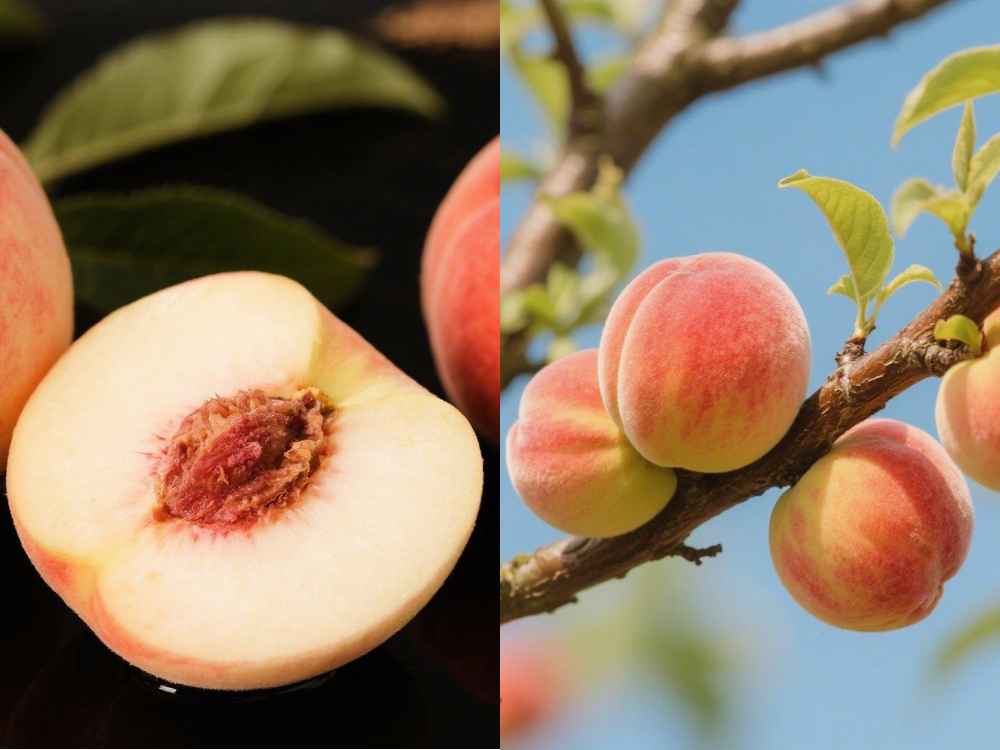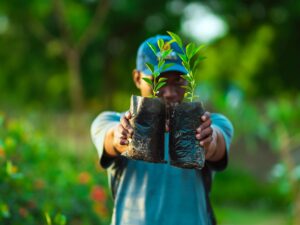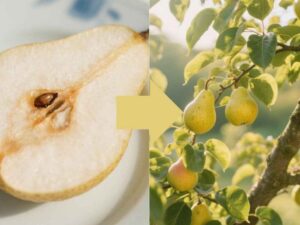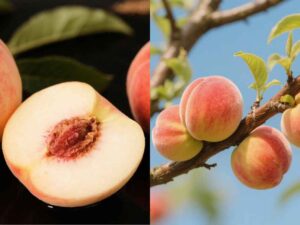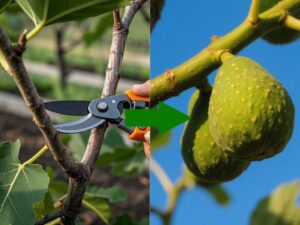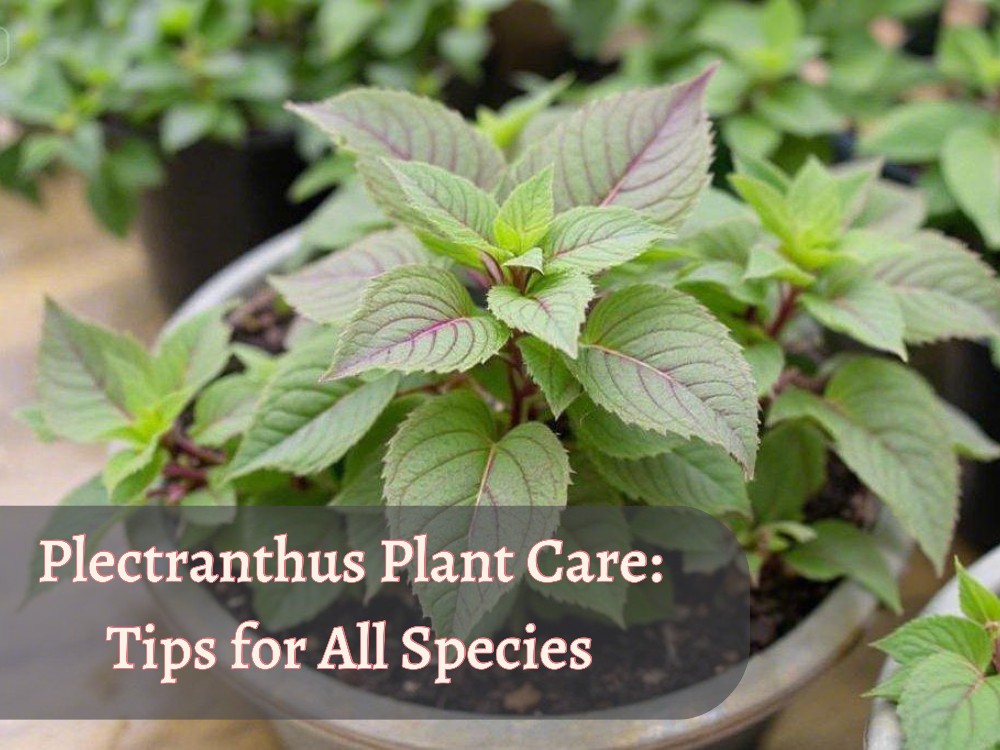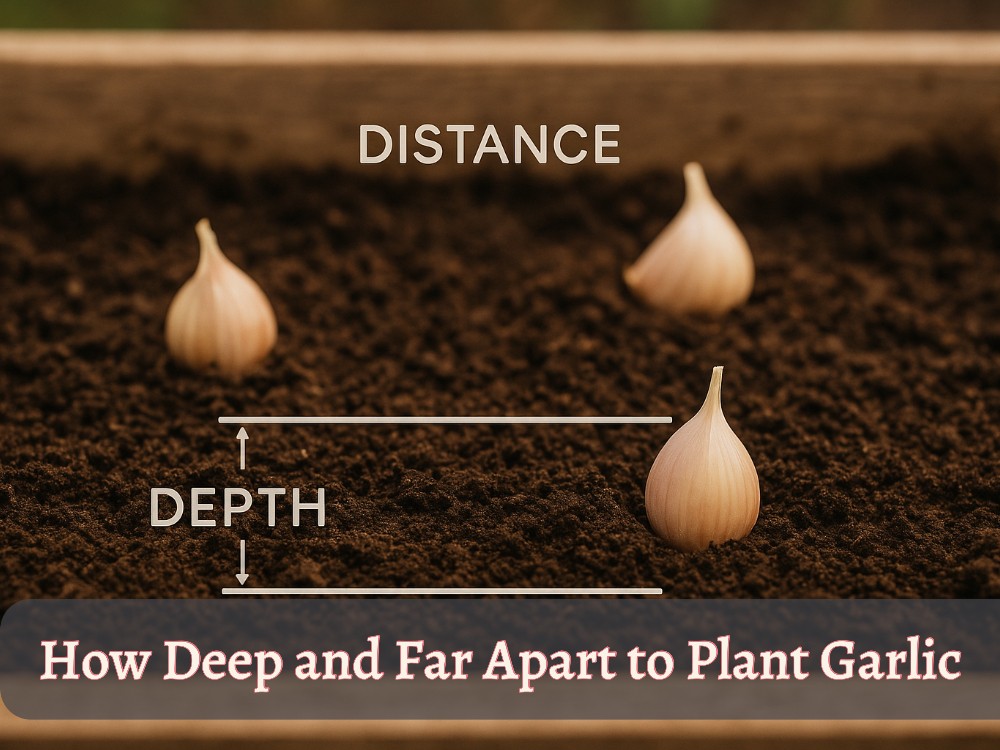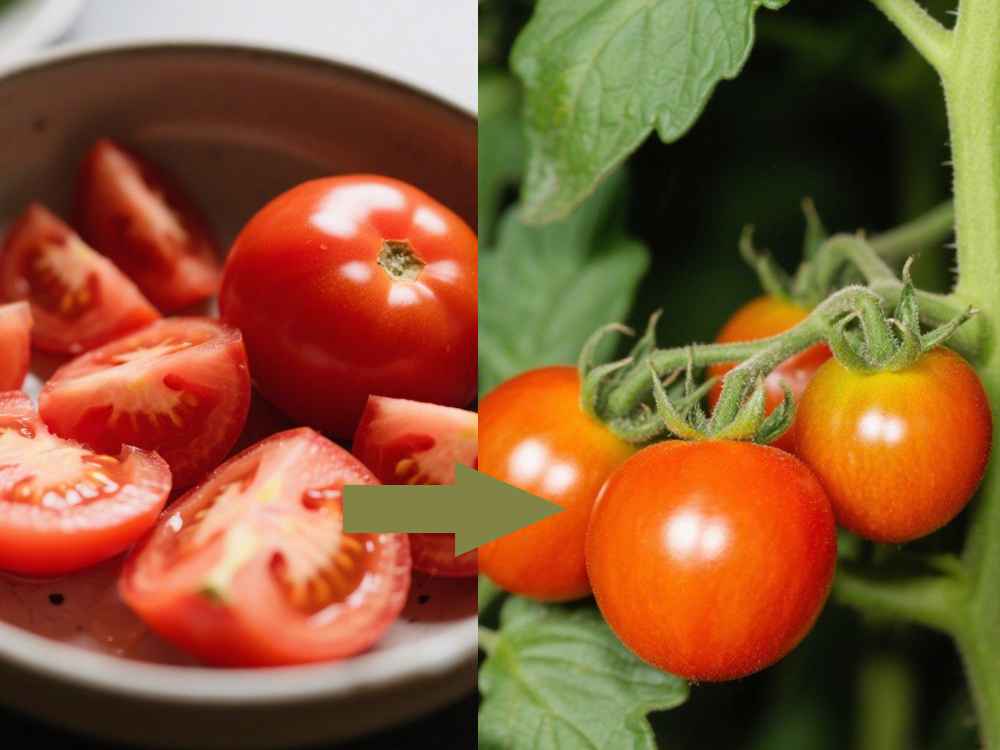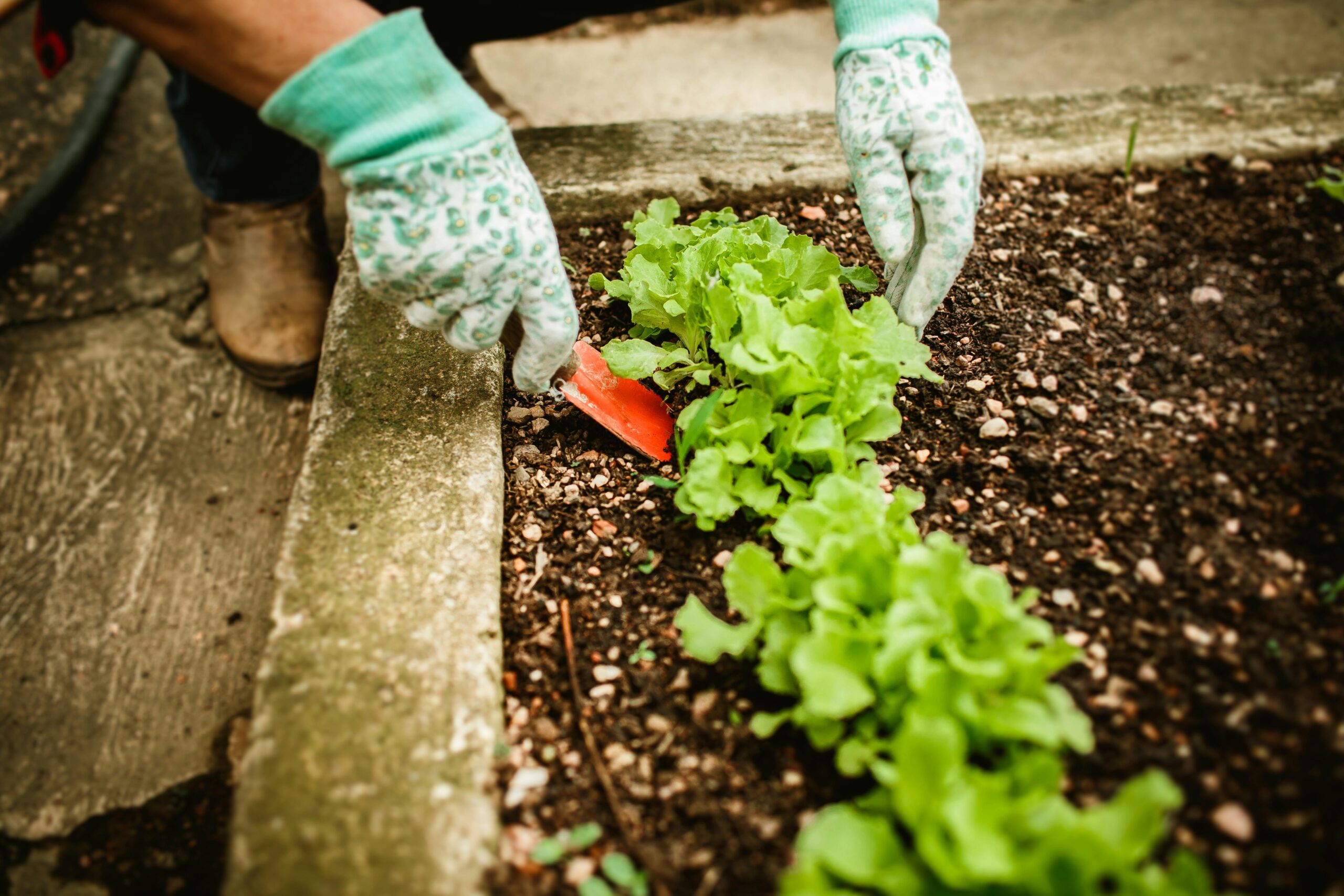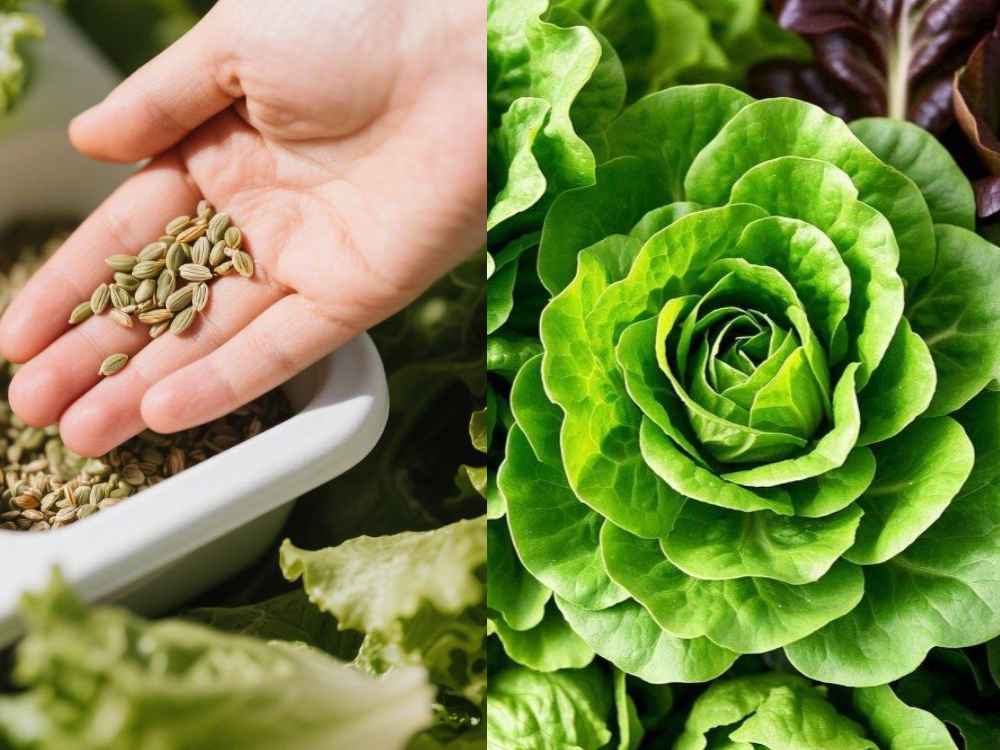Peach seeds are not exactly straightforward. Breaking through their tough shell to unlock new life inside is almost like a little science experiment.
Hidden within is a soft kernel, gently placed into the soil, carrying a tiny promise that one day, it will grow into a beautiful tree, bloom fragrant flowers, and reward you with sweet, juicy peaches.
So, in today’s content, we will learn exactly how to plant a peach tree from its hard seeds by taking five simple steps.
“Most peaches sold in markets come from grafted trees, which are carefully selected and cloned to ensure consistent fruit quality and appearance.”
“When you grow a tree from seed at home, your tree may produce different-tasting or even lower-quality fruit, depending on genetic variation.”
Do you know? In the UK, peach trees from seed rarely survive or give good fruit. GardenerWorld
Before You Sow: Climate & Growing Setup Guide
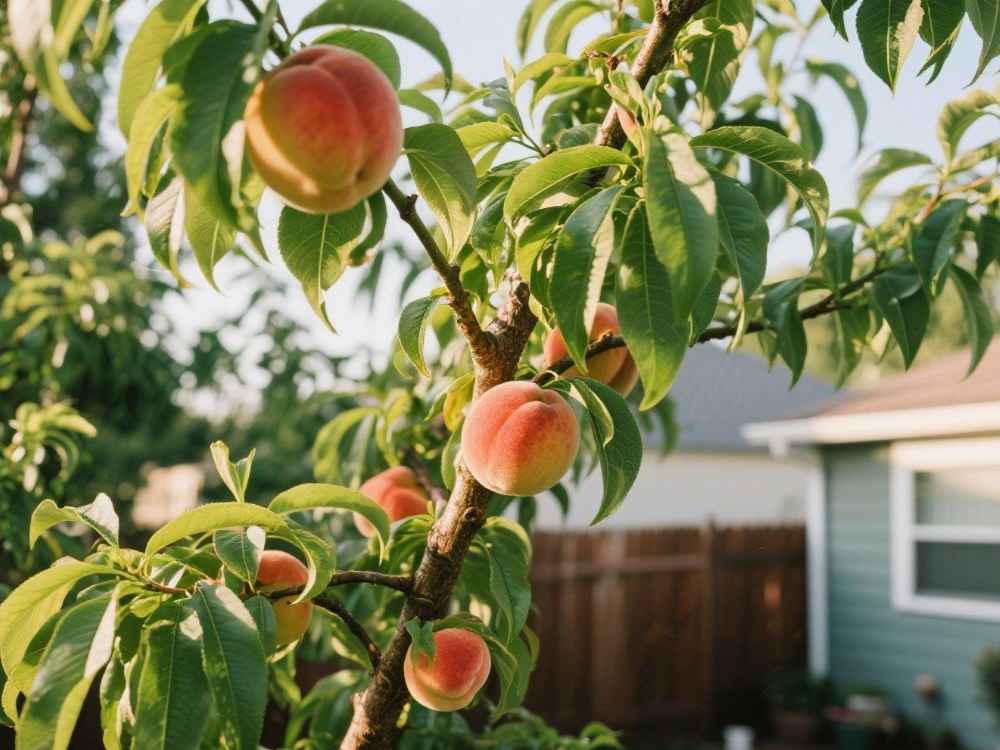
Peach seeds need a period of cold (7 °C) dormancy called stratification, which mimics winter conditions and helps break the seed’s natural dormancy so it can sprout later.
- If you live in a region with cold winters, you can directly sow peach seeds in the ground in the fall, because nature can handle the chilling process for your peach seeds. But it also may be risky due to root rot and pests
- If your area has mild or warm winters, you will need to artificially chill the peach seeds in the fridge for approximately 6–8 weeks before planting, but the POP source recommends keeping them for 4 months before the last spring frost date. And then you have to sow the stratified seeds indoors before transplanting outdoor.
Southern Living mentions that Local peaches are better adapted to your regional climate, making them more likely to thrive. On the other hand, they are generally self-fruitful, which means you only need one tree to get fruit.
Use Of Pots and Containers
Using pots or containers is especially useful for indoor sowing, as it allows you to control soil temperature and protect young peach seedlings from sudden frost.
Meanwhile, in colder climates, direct ground sowing works better since natural winter chill is strong enough to prepare peach seeds. But make sure to use raised bed and mulch to protect peach seedling from natural conditions.
Best time to sow peach seeds
Here several factors may change planting time for peach seeds including your local climate and seed satrification need. In anyway, spring is usually the best season to let peaach seedlings start growing after stratification.
At this stage, your young peach tree will need 6–8 hours of direct sunlight, well-draining soil, and gentle watering to stay moist without getting soggy.
You know what, if you want to buy a peach tree from a nursery to transplant into your home garden, then the fall season is a good time, discover when to transplant trees. Also, explore more helpful guides about this topic.
Can you plant trees in the fall? What’s the possibilities?
Can you plant a peach tree in the fall
Materails for Growing Peaches from Seeds
| Material | Purpose |
|---|---|
| Peach seeds | Grow the tree |
| Nutcracker or hammer | Crack the pit |
| Planting site | Sow seeds |
| Well-draining soil | Support roots |
| Mulch | Protect & retain moisture |
| Water | Keep soil moist |
How to Plant Peach Seeds? Five Easy and Simple Steps
Step 1: Choose the Right Peach Variety
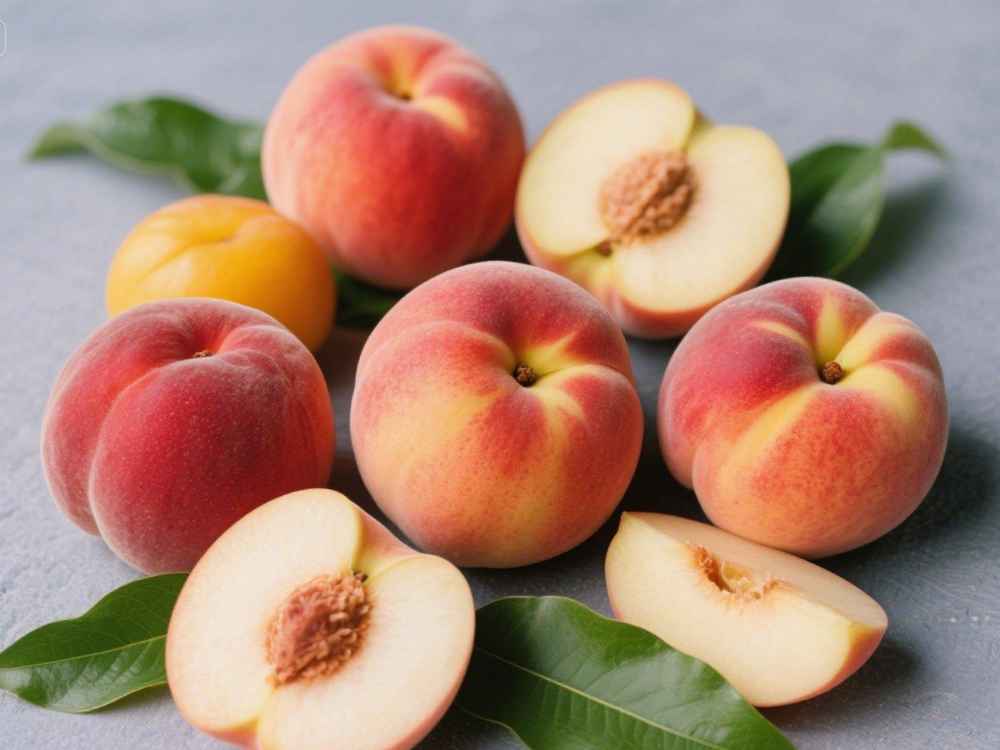
Choosing the right variety is the first step. In colder areas, select varieties that require more chill hours (such as Reliance, Contender, or Redhaven), as your winters naturally provide this.
Southern Living describes that peach trees need a certain number of winter chill hours to break dormancy and bloom properly.
If you live in a warmer area, look for varieties that require fewer chill hours, such as Florida Prince, May Pride, Desert Gold, Eva’s Pride, and Mid-Pride.
Step 2: Prepare Peach Seeds
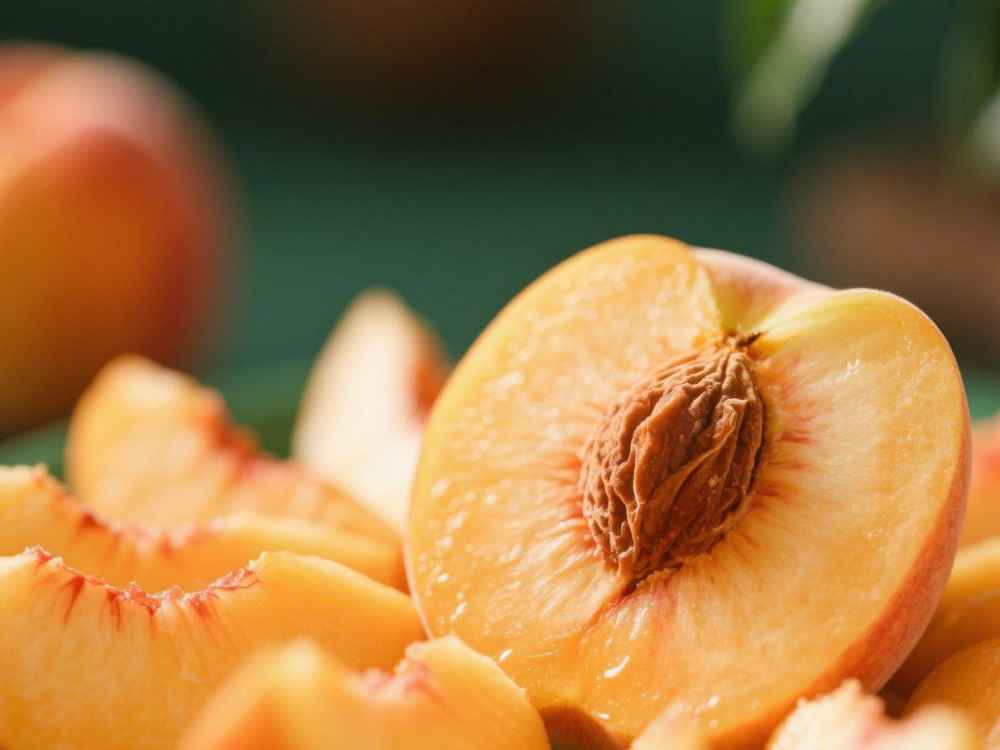
Crack the outer shell and soak in warm water.
Peach seeds have a tough outer shell that protects them, but cracking it (as BHG and Southern Living suggest) speeds up germination.
Before cracking the seed pit, let it dry in place with good airflow for about 4 days, according to BHG.
Gently break the hard outer shell by using a nutcracker or small hammer. Then, make sure the inner peach seed is not cracked and also healthy and disease-free.
According to the Philadelphia Orchard Project, peach seeds should never be eaten because they contain a small amount of toxic cyanide.
Before saturation, soak the peach seed (almond-like) in warm water for 2 to 3 hours. Trusted sources suggest this because it helps to soften the peach seed coat and break the internal dormancy.
Stratification (MUST DO)
Cold treatment of peach seeds, which we often refer to as stratification, is essential to break the seed’s natural dormancy and trigger germination. This process varies based mostly on your climate.😊
If you are in a warm place (where temperatures don’t drop below 7 or 6 Celsius, like USDA zones 8-10;
- Before 4 months of the last spring frost (Sep-Nov), wrap peach seeds in moist peat moss, place in a plastic bag, and chill in the fridge at 1–5°C (34–41°F). After that, sow seeds in containers or pots to transplant seedlings in early spring.
- Try to keep the seed in the lower part of the refrigerator and make sure there are no apples and bananas because they release ethylene gas, which can damage the peach seed. (HowStuffWorks)
If you live in a cold area with freezing winter temperatures, such as USDA zones 4 to 7;
- Sowing directly on the outdoor ground is enough because natural outdoor cold provides stratification, but make sure to plant peach seeds from September to November.
If extreme freezing is expected (below -5 °C), either add a 3–4 inch thick mulch layer on top or use the fridge stratification method instead.
Before starting soil prep and planting, know that you can sow in fall or spring, depending on climate and purpose; the following steps work for both.
Step 3: Prepare The Soil and Pots/Containers

Healthy soil is always recommended for all plants, and almost all basic things remain the same in this matter.
Regarding peaches, whether you are sowing seeds directly in the ground during fall or planting in pots after fridge stratification in spring, soil preparation is equally important in both cases.
Soil Type
Peaches hate “wet feet”! The ideal potting mix for peaches combines vermiculite, peat moss, and compost, which helps retain moisture while still draining well (a perfect balance for young peach seedlings)
pH Range
Peaches prefer slightly acidic to neutral soil, around pH 6.0 to 6.5. If you don’t have a pH meter, here is a simple hint: soil that feels crumbly, drains easily, and doesn’t stay soggy for long is usually a good sign that it’s peach-friendly.
Good Location and Pot’s size
If you are using pots or containers, Southern Living suggests choosing one at least 12 inches deep with proper drainage holes to prevent water from pooling.
For ground planting, aim for raised garden beds (5 to 6 feet wide and 10 to 12 inches deep) or well-draining soil that isn’t heavy or clay-like, so roots can spread freely and stay healthy.
Step 4: Make Holes and Sow Peach Seeds
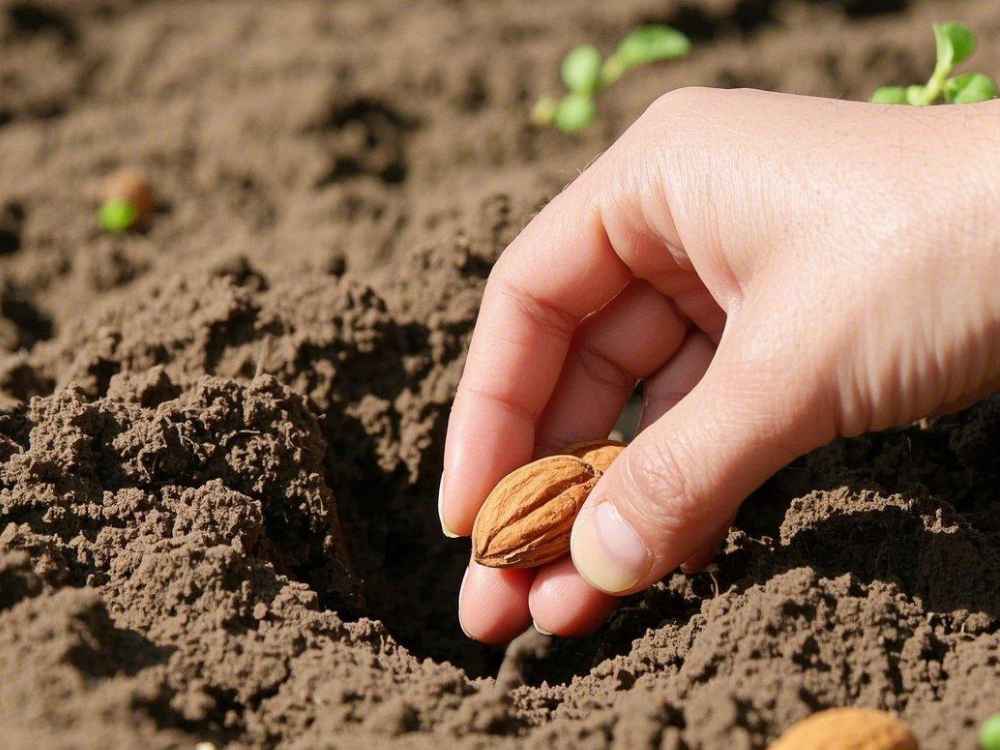
If you’re using containers or deep nursery cups (great for strong root development and easier transplanting later), simply fill them with your prepared potting mix and make a one-inch deep hole using your finger or a dibber.
Tip: Before making holes, water slightly to moisten the soil but not wet it.
For direct ground sowing, which is ideal if you want to keep the peach tree in its final spot and avoid transplanting, Southern Living recommends spacing each peach seed about 15 to 20 feet apart.
Once your holes are ready, place the kernel-like seed gently inside, cover lightly with soil, and firm it down just enough to hold moisture without compacting too much.
Step 5: Water and Early Care
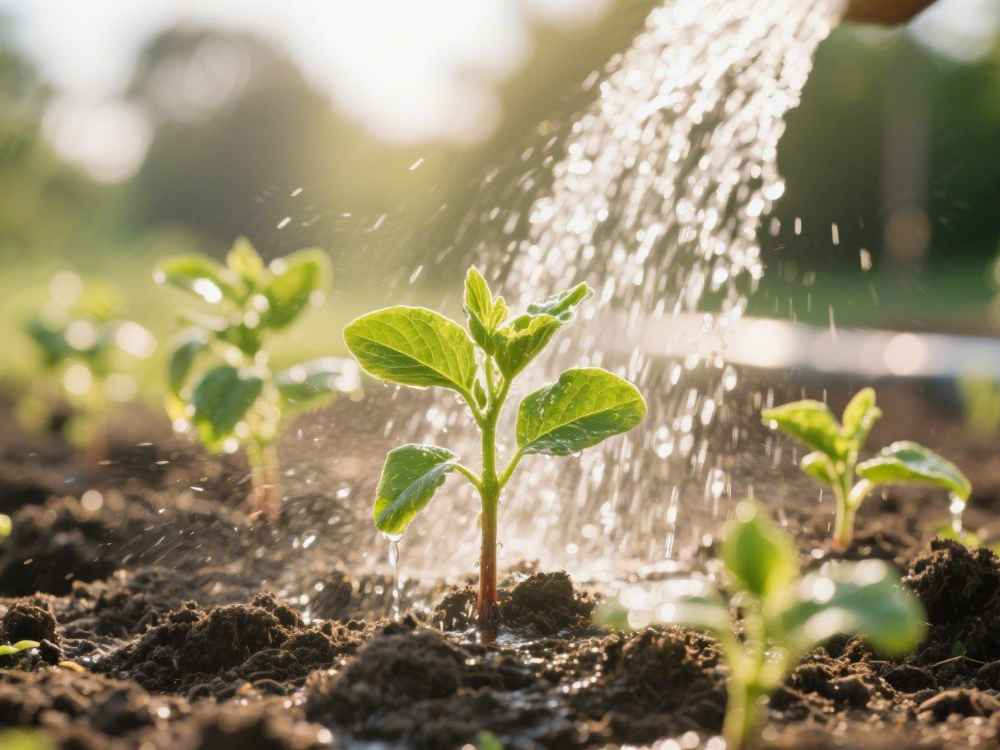
After you have sown your peach seeds in the prepared holes, gently water the soil so it’s evenly moist but not soggy.
Peach seeds prefer a moist but well-drained environment to start their journey, but avoid overwatering to prevent the seeds from rotting. Give water only when the soil feels dry.
In Container After fridge stratification (Early Spring)
- If you are growing peach seeds in containers indoors (after fridge stratification), place them in a bright spot with indirect sunlight or under grow lights.
- Keep the soil consistently moist for healthy peach seedling development, and check daily.
Direct Outdoor ground (Fall)
- If you are growing peach seeds directly outdoors in fall (common in colder areas), nature will handle most of the chilling and moisture during winter.
- You can still add a layer of mulch (around 2–3 inches thick) to protect peach seeds from extreme frost and help maintain soil moisture.
How Much Time Does Peache Seeds Take To Germinate?
- Spring sowing (after fridge stratification): Peach seeds kept in the fridge often start sprouting inside. Once planted in pots during spring, seedlings usually emerge in 2–3 weeks since dormancy is already broken.
- Fall sowing (direct in colder ground): Seeds sown in fall stay dormant through winter. As spring soil warms up, germination begins, and seedlings appear in about 4–6 weeks after that.
“Indoor Growers” When Your Peach Seedling Is Ready to Move Outdoors
Whether you started your peach seeds directly outdoors or indoors in pots after fridge stratification, transplanting will eventually be necessary.
If the seed sprouted outdoors, you’ll only need to transplant it if the spot isn’t suitable for long-term growth, maybe it’s too shaded, too crowded, or not where you want your tree to grow.
But if you started your seed indoors, transplanting becomes essential. Indoor seedlings can’t stay in small pots forever.
Once they develop a few healthy leaves and the weather warms up, they need to be moved outside so their roots can spread and the tree can grow strong.
If you’re ready to take that step, explore the complete method to transplant peach seedlings from PICTURE THIS source.
Wrapping Up: Growing a Peach Tree from Seeds
Growing a peach tree 😮 from seed truly takes patience! Because peaches are perennial trees, their seedlings and root systems naturally take longer to establish compared to quick seasonal plants.
The germination time, root growth, and overall progress all depend on the peach variety, local climate, and your care routine.
Most gardeners prefer buying young nursery trees for faster results, but starting from a peach seed can be a fun, learning-filled experience if you’re up for the journey.
How to Plant
- How to Transplant Trees Safely: 5 Must-Follow Steps
- How to Plant Loquat Seeds (5 Simple Steps)
- How to Plant a Pear tree From Seed? 5 Simple Steps
- How to Plant a Peach Tree From Seeds with 5 Easy Steps
- How to Propagate Fig Tree From A Cutting? 5 Easy Steps
- How to Direct Sow Lettuce Seeds in Just 5 Practical Steps
